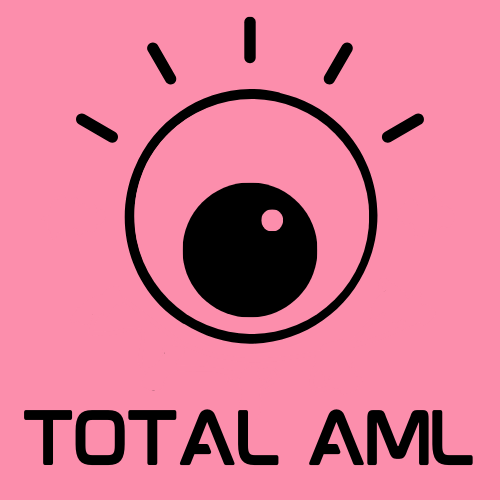Compliance Programme Guideline for Money Remitters
The anti-money laundering and counter terrorism financing (AML/CFT) Supervisors have released an updated version of the AML/CFT Programme Guideline (I talk more about it here). The guideline provides specific guidance for money remitters, summarised in this article.
Occasional transactions
Some sectors, especially the money remittance sector, do transactions with persons outside of a business relationship. Occasional transactions are based on thresholds. These range from NZ$1,000 to NZ$10,000 depending on the type of transaction. For your sector, occasional transactions are transactions of $10,000 or more, such as wire transfers (domestic or international) and any other cash transactions of $10,000 or more. It is important to note that an occasional transaction includes a cash deposit (over the applicable threshold) by a third party (i.e. a person who is not your customer) into an account held by your customer; and that the definition of an occasional transaction includes a transaction conducted in “several operations that appear to be linked”.
You must conduct customer due diligence (CDD) if a person (with whom you do not have a business relationship) seeks to conduct an occasional transaction or occasional activity through your business. You need to conduct enhanced CDD if a person (with whom you do not have a business relationship) seeks to conduct an occasional transaction (whether above or below the threshold) if there are grounds to report a suspicious activity.
For a person seeking to conduct an occasional activity or transaction:
You are not permitted to delay the verification component of CDD until after the transaction or activity; and
You do not need to obtain information on the nature and purpose of the business relationship, nor sufficient information to determine whether enhanced CDD is required (other risk-based enhanced CDD triggers still apply).
You should be particularly alert in relation to terrorism financing red flags, even for low-value transactions. You can read more about terrorism financing risks here and here.
When you design your procedures for identifying persons seeking to conduct a suspicious transaction (that is not within a business relationship or an occasional transaction), you should consider your procedures for detecting persons circumventing your CDD requirements for occasional transactions.
Network of agents
As a money remitter, you may have a distributed delivery model for your products or services that involves a network of one or more agents. Typically, the agents are non-financial businesses that have entered a commercial arrangement with you to be a point of sale (for your product and service). For example, you may have multiple agents that are dairies or other retailers contracted to onboard customers and receive funds from them.
Essentially, your agent is an extension of your business in relation to the transactions and activities it carries out for you. An agent is not generally captured as a reporting entity under the AML/CFT Act. Therefore, when you rely on an agent, the AML/CFT functions the agent carries out for you are part of your AML/CFT programme. You are responsible for setting adequate and effective policies, procedures and controls for these functions, and for ensuring that CDD or other functions conducted by the agent for you complies with the AML/CFT Act.
Your AML/CFT programme must also set out adequate and effective policies, procedures, and controls for vetting and training your agents, and for maintaining a list of agents acting for you. You may maintain your list of agents as part of your AML/CFT programme, as an annex to it, or as a separate document entirely.
What’s next?
Get in touch if you have any questions on how to navigate your AML/CFT requirements.
